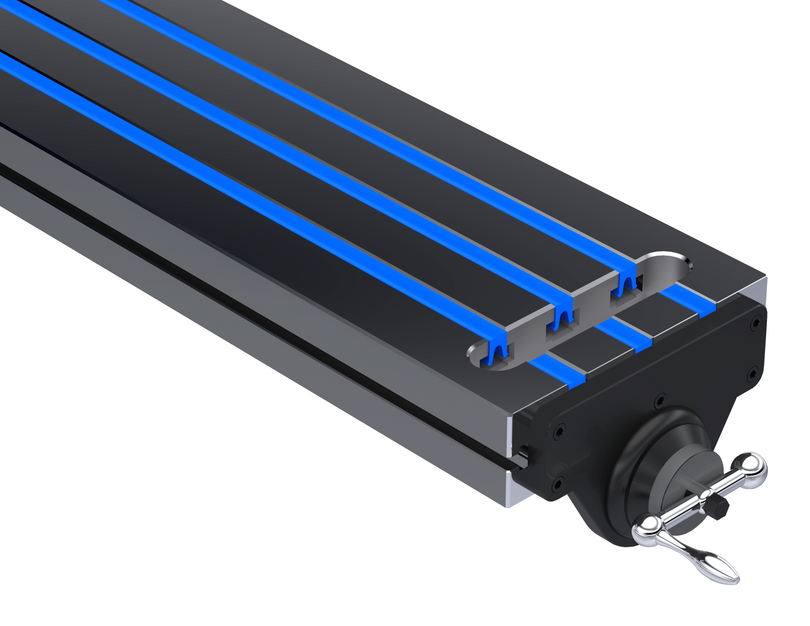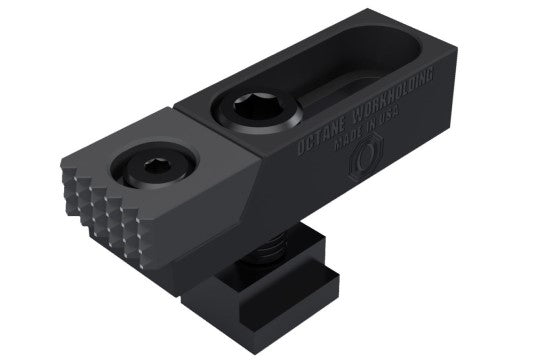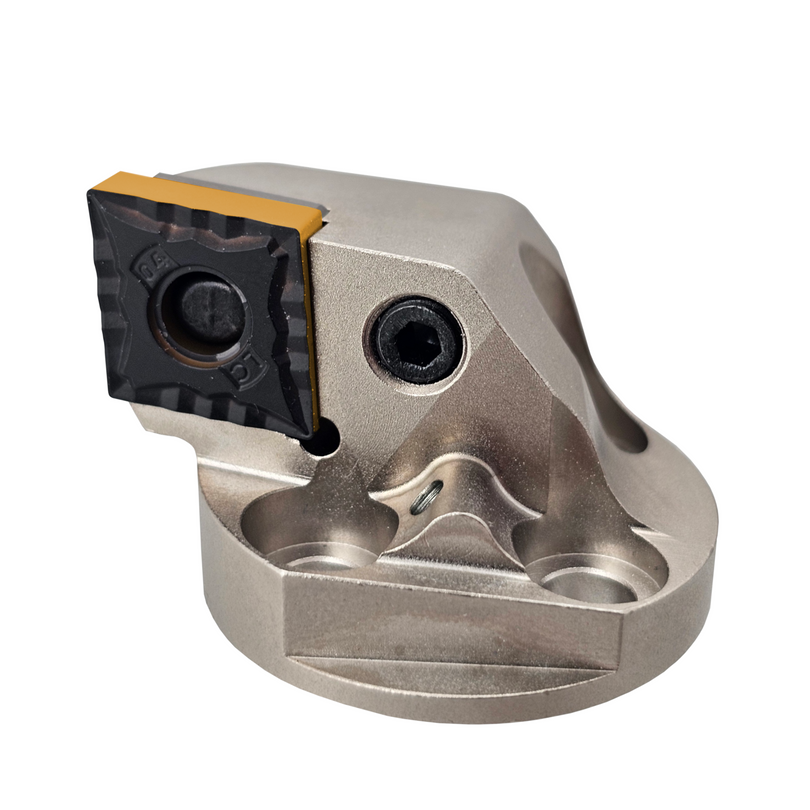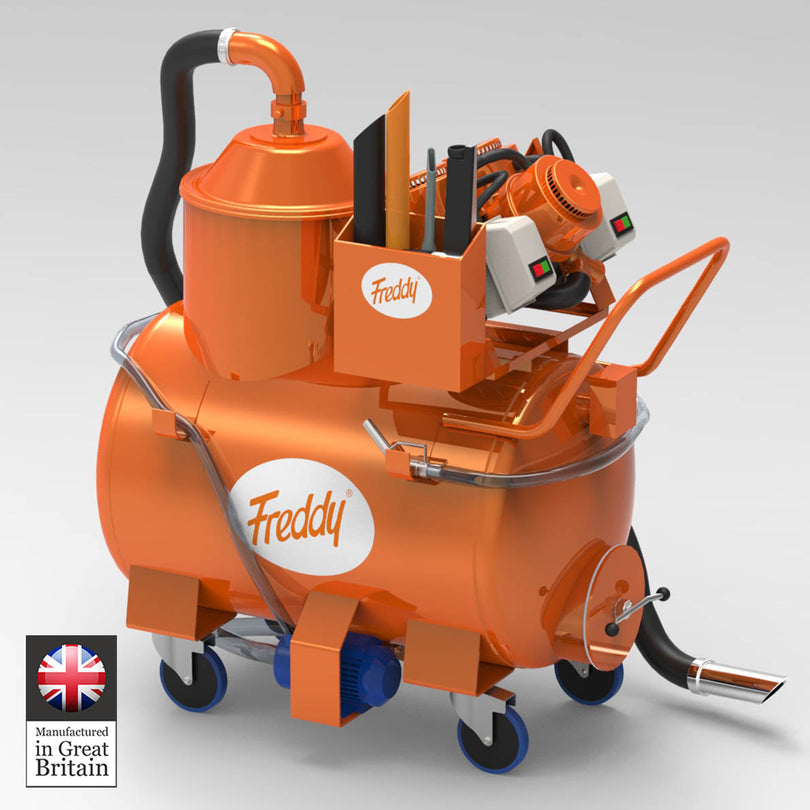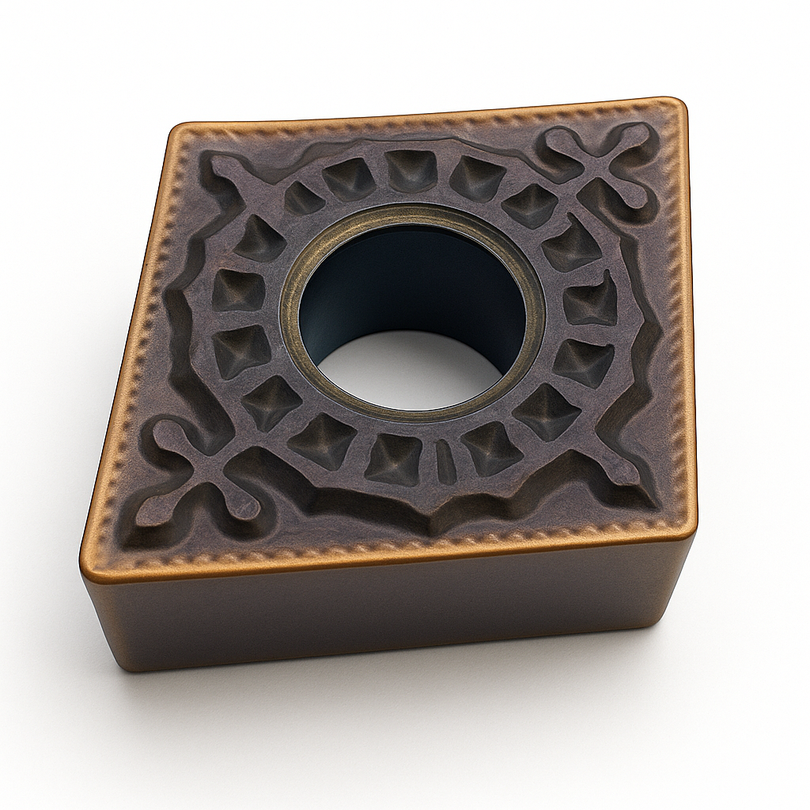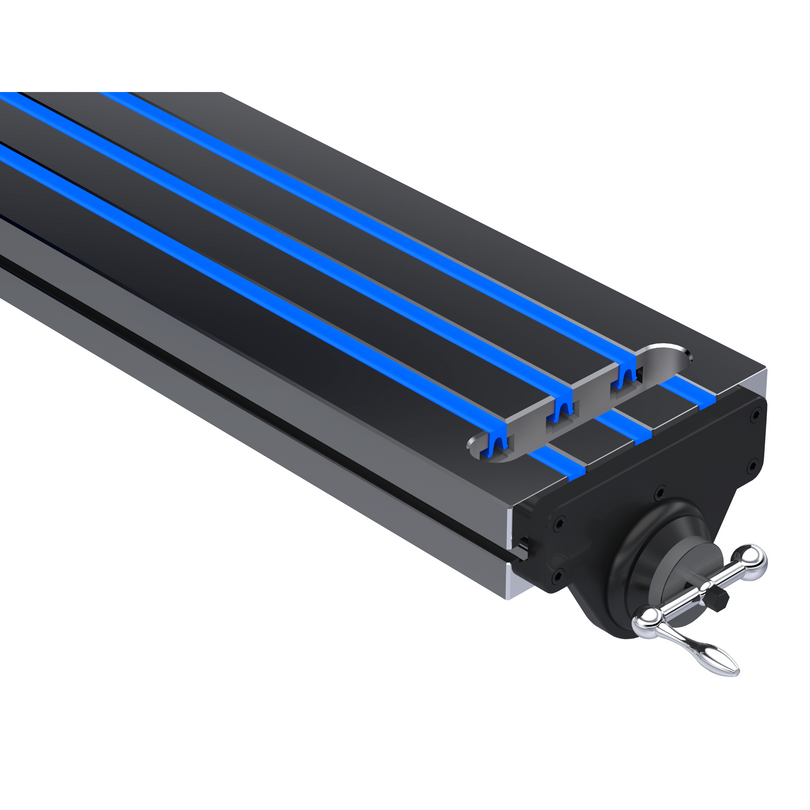Quoting Machine Shop Work
Machining is complex, quoting can be daunting. Here is some information on how I handle quoting projects from small to large.
Shop Rate-You need to determine how much per hour to charge. This rate should be the amount you would have to pay monthly on the machine you plan to use, broken down into an hourly rate, plus overhead. Overhead includes the cost of health care, electricity, employee salaries, consumables like cutters and fluids, and much more. A Tormach will not command the same rate as a 5 axis Okuma. Each has work that it is best suited to. Try to fit the work to the best machine for the job.
Example: $3,000 monthly machine payment with $5,000 in additional overhead(add up every single bill no matter how small.) $8,000 x 12 monthly payments equals $96,000 total. Now let's assume you work 8 hours a day, 5 days a week, 4 weeks a month, 12 months a year. 8*5=40 hours per week. 40 hours * 4 weeks = 160 hours per month. 160 hours * 12 months =1,920 working hours in which you can make your machine payment. $96,000 ÷ 1,920 = $50.00 per hour to break even. Now you need to make some sort of profit. 15% to 25% is an honest amount. $50.00 + 25% = $62.50 per hour. If your total overhead is far greater the hourly rate will also have to be far greater. Additional overhead like paying for a building can easily require your hourly rate to be much higher. Having multiple machines running or automating processes can increase this profit margin significantly without charging an unreasonable amount. This is why Education and embracing technology is paramount.
Now that you have determined Shop rate, let's focus on some key aspects of any quote.
Materials -
Programming rate -
Scope of Work -
One time purchases -
Best fit -
Packaging and Shipping -
Research -
Risk Assessment -
Quality Control -
Estimated Delivery Date -
Quantity -
Cushion -
Stepping Back to see the Whole Picture -
Customer Relations -
Materials - While quoting materials may seem like a fairly straightforward topic, it does have its caveats. Quanity is going to play a big role in the price you can purchase materials for, and ultimately pass on to your customers. It is not always feasible to buy in bulk. Finding several sources for raw materials and spending the time to get a quote is a good practice. Material quality is a big deal as well, you may find cheaper material but end up spending all your time dealing with issues. Unless a customer supplies material, use the best you can find. Certificates on the materials properties are always good to keep.
Programming Rate - With the cost of software constantly increasing, it is important to calculate an hourly rate for programming. This rate can be calculated in the same way as Shop Rate. Calculate all of your overhead bills and the cost of the software. This rate per hour should not be as high as Machining labor, but your programming time is valuable. If you program at the control, or by hand as you progress through a part, it is up to you to decide which rate you charge. The machine is certainly using more electricity and adding more on-time hours than working at a computer.
Scope Of Work - Will the work be at your facility, or will you be required to travel? Working on the road often includes additional expenses. Will the work be completed all at once, or over a period of time? Are all of the pieces of the puzzle laid out, or are unknown variables unaccounted for? Consider these points carefully.
One Time Purchases - This is where low volume work can get expensive very fast. Perhaps a part requires special tooling, it is almost always impossible to justify purchasing special items for low quantities. Consider if this tooling could add capability to your business, it may be an investment in your future work. Absorbing the cost of tooling that adds capacity to your business could go a long way with establishing good will between yourself and your customer. Does the work you are quoting belong to a family of parts that may utilize this tooling?
Best Fit - Determine what machines and processes will best fit the work to be done. Will the part be a good fit for a less expensive machine and still be made efficiently? What post processing will need to be done, coatings, grinding, heat treating? If so, can these processes be done in house? Often times a shop specializes in one or two processes, there is no shame in outsourcing niche operations.
Packaging and Shipping - Sometimes shipping can be more expensive than the part itself. Will additional costs be incurred such as building custom packaging? Can the item be shipped via normal avenues, or must it be shipped freight? It is a good idea to inform your customer how you plan to deliver upon completion.
Research - Have you made similar parts before? Are you going to be spending significant time learning a new process, or researching a specific topic? Remember, all of your time is precious.
Risk Assessment - Will taking on a project incur significant strain to yourself or your business? A large contract may seem appealing, but locking yourself into something you aren't sure you can deliver on is a surefire way to stress yourself out. Considering buying a machine or several machines for one job? It is a good idea not to over extend yourself and grow organically. At the end of the day you need to be able to provide a stable company for your family and your employees. If a job has a high risk of costing you more than it could reward, weigh the pros and cons carefully.
Quality Control - Perhaps the single most important factor in a quote. There will always be someone willing to work cheaper than you. You may lose a job to a company that cuts corners, it is bound to happen. Continue putting out the highest quality work you are capable of, chances are the work will find its way back to you. If a part has tolerances beyond what you can measure with your equipment, perhaps you are not in a position to do that type of work yet. If you are consistently quoting high value parts, perhaps advanced measuring equipment is warranted. If stringent inspection is required make sure you calculate any and all time. Machinists are held to a higher standard than most trades, excellence is your business card. You are only as good as your last part.
Estimated Delivery Date - Everyone wants things done yesterday, hurry up. You have to go as fast as you can without making mistakes. That doesn't mean rush things, it means use your time wisely. Can you schedule multiple similar parts to run back to back on a machine and keep things moving? Will spending time making a fixture end up saving time in the long run? 100% on time delivery is the goal, try not to make promises you cannot keep.
Quantity - Quantity is almost always one of the biggest determining factors in final cost. A dozen extremely difficult parts may not be much cheaper than one, but a dozen simple parts should be. Provide pricing with quantity price points. Analyze the processes involved with making a few parts vs. making multiples. Can you reduce costs with simple steps like adding base level automation? Bar feeders, bar pullers, and base level robots. Quick change fixturing that keeps the operator out of the machine as much as possible is a great place to start. Repeat work utilizing a fixture is seldom guaranteed, but a basic fixture is almost always worth it for more than a handful of parts. Try to find ways to maintain quality and increase quantity, passing the savings on to your customers will go a long way. In a perfect world everyone would realize what goes into producing machined components, but in reality that is not always the case. Certain things like programming time, tooling, and consumables can be split between multiple parts. You should not be charging programming time more than once, it should be split between however many parts are quoted.
Cushion - Whatever estimate you come up with, chances are you will be too low until you gain experience. There is a difference between a "just in case something goes wrong" cushion and gouging. Leave yourself enough room to not lose too badly if you make a small mistake.
Stepping Back to see the Whole Picture - I like to break everything down into manageable portions to begin. Calculating all of the aforementioned details and coming up with a number. Next I like to clear my mind and imagine walking through every step of the process. If the part is relatively simple this process can help establish a timeline of producing the entire batch vs. one part. If the part or process is complex, how many days, weeks, months, or years do you imagine the job taking? When you calculate the big picture does it match the initial figure? It may surprise you how close you begin to come to your estimates with experience.
Customer Relations - Building a reputation as being trustworthy with your customers is what will separate your business from the pack. Doing quality work will earn you repeat business, but not if you are hard to deal with. Responding to calls and emails as soon as possible helps a lot. Help solve your customers problems, always go the extra mile. Not every job is the right fit for you, don't be afraid to pass on work if you aren't positive you can handle it. Making promises you can't keep is a surefire way to lose business. Accurate quoting is often the most difficult part of this trade. Nothing is ever easy, if it was, everyone would be doing it.
Tying it all Together
A typical quick quote will normally look something like this.
Machine Labor | X amount
Shop Labor | X amount
Programming | X amount
Materials | X amount
Tooling | X amount
Inspection | X amount
Shipping | Free within 25 miles
Add each together, remember to split certain costs among all parts if quoting more than one. Provide a quote for 1 pc, the requested number of parts, and a higher quantity to give you customer an idea of the savings when buying more than one.
Delivery Date | Pick an estimated date that begins ARO ( after receiving order. )
A more involved quote will include all of the above with the addition of every consideration mentioned in this article.
I hope this helps.
Thank you for reading,
DerekOctane Workholding

